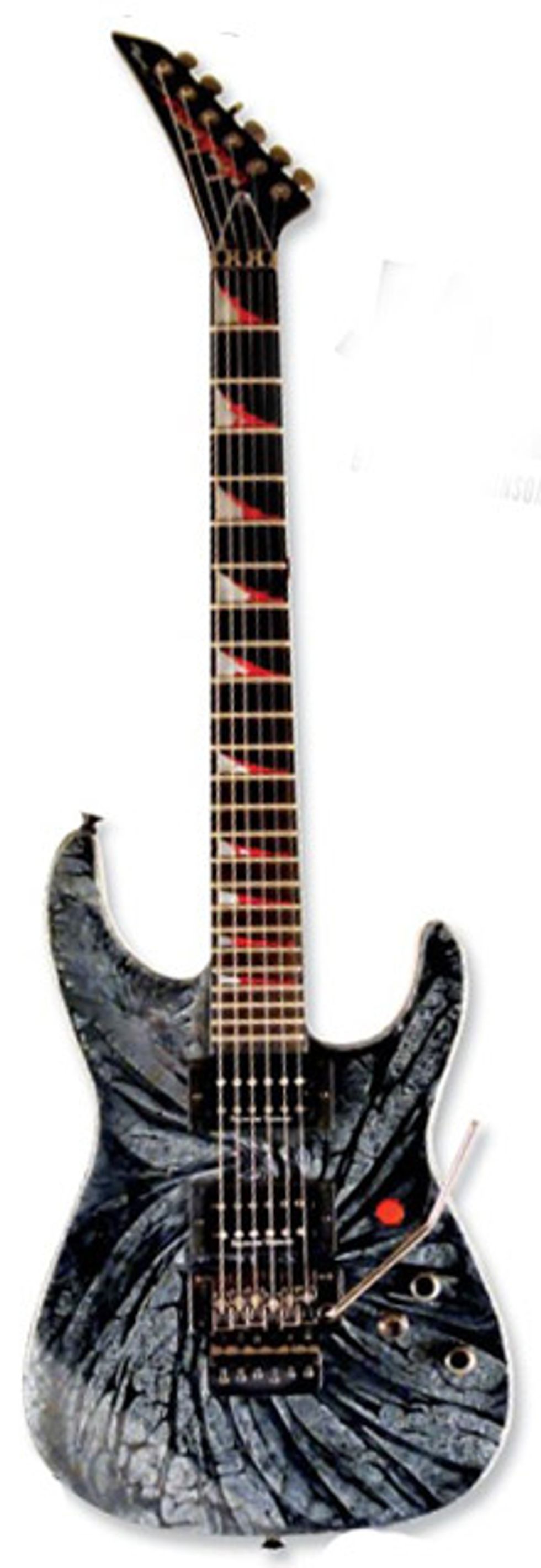 | |
| Download Example 1 Jackson Vol. & Tone 8, Neck/mix/Bridge pups; Egnater Rebel 20 "Smooth Clean" setting; | |
| Download Example 2 Jackson, Vol. & Tone 9 - Neck/mix/Bridge pickups; Egnater Rebel 20 "Searing Lead" setting | |
| Download Example 3 Jackson Vol. & Tone 10, Bridge pup; Egnater Rebel 20 "Searing Lead" setting | |
| Recorded in Sound Studio on a MacBook Pro using Digidesign MBox (SM57; MXL990). | |
In this hot rod issue of Premier Guitar, we’ve spent a lot of time talking about the history of this type of guitar, and looking at some modern touches you can add to your current setup. Jackson—one of the first companies to work with hot rod guitars—sent us a new Soloist model from their Custom Shop, and this seems like the perfect issue to review it.
If You Come, They Will Build It
When viewing the Custom Shop’s spec form on their website, the first thing that jumps off the page is the sheer variety of options. Nearly anything you can think of is available. Want a neck-thru seven string Rhoads made out of koa? How about a bolt-on mahogany Kelly? Those options are in just the first section. After that, you get into the neck, parts, electronics and finish. An important note: if it is on the website (and, in some cases, even if it isn’t), you can build it. I do wish there was an interactive way to view the models after picking the parts; I could see myself spending even more time poking through the menus than I already have. It would also be nice to see more from the fruits of my digital labor than a spec form, so I can visualize exactly what I’m getting.
The guitar sent for review wasn’t of my own design, but any trepidation about someone else’s choices was gone the moment I opened the case. The first thing that jumped out was the sheer “metal” look of the guitar. It’s got a silver and black iridescent paint job, and the sharkfin inlays are partially colored red to look dipped in blood—definitely a clever touch. The Jackson logo on the reverse headstock has been bloodied up, too (even cooler). According to Jackson, this guitar is one of nine similar models, each based around the neck design. Right off the bat, I was struck by the quality of the design. The entire body is painted with a swirl that converges underneath the bridge pickup. It helps draw attention to the center of the guitar, a very tasteful touch. It came with a 24-fret neck-through setup and a Floyd Rose tremolo. Just below the 24th fret, the serial number is stamped into the fretboard, yet another subtle detail. The Soloist model, being a superstrat, allows easy high-fret access, letting you take full advantage of every one of the frets. That’s all done by scooping away a good deal of wood where neck meets body. And let me also say, the frets on this guitar are “jumbo” in the same way that Yao Ming is “tall.” They’re huge—a fact that is enhanced by the contours where the neck meets the body.
Another custom touch was the addition of a bright red kill switch, located next to the control knobs. I never hit it accidentally while playing, and the location is perfect—just below the bridge pickup. It’s not just a sound effect, either. It can help you cut off a chord into total silence when you need that, while preserving economy of motion. The hardware on this guitar was all “just right.” The controls have just the right amount of stiffness: you won’t really budge them by accident, and when you move them intentionally, there’s enough resistance to make them trackable. The same goes for the tremolo arm: it stays put it until you move it again.
Playing the Jackson
When first picked up, the guitar has a very solid feel to it. It’s not as heavy as some vintage Les Pauls, but at over eight and a half pounds, it’s got some heft. Part of that solid feeling comes from the neck-through design and the alder wings attached to the maple neck. The neck has a nice feel to it; it’s nowhere near as thin as the Wizard neck on my Ibanez, but it plays nearly as fast. Some of that speed comes from the finish on the back of the neck, in addition to the fantastic construction of the guitar. With a 1-11/16" nut width (2-1/4" at the 12th fret) it’s got a nice, wide neck, even for a superstrat.
The setup of this guitar is nearly flawless. The intonation is spot-on, and the Floyd Rose allows the bar to be pulled up without any string buzz—on open strings, at least; fretting a string and pulling the bar up all the way (raising the pitch up to two and a half steps) does introduce some buzz on the wound strings. I tried some Vai-style divebombs, and was relieved to find the guitar still in tune. After five repeated divebombs, I had to dial in the G string a bit on the fine tuners, but if you don’t over-abuse the whammy bar, you’ll be fine.
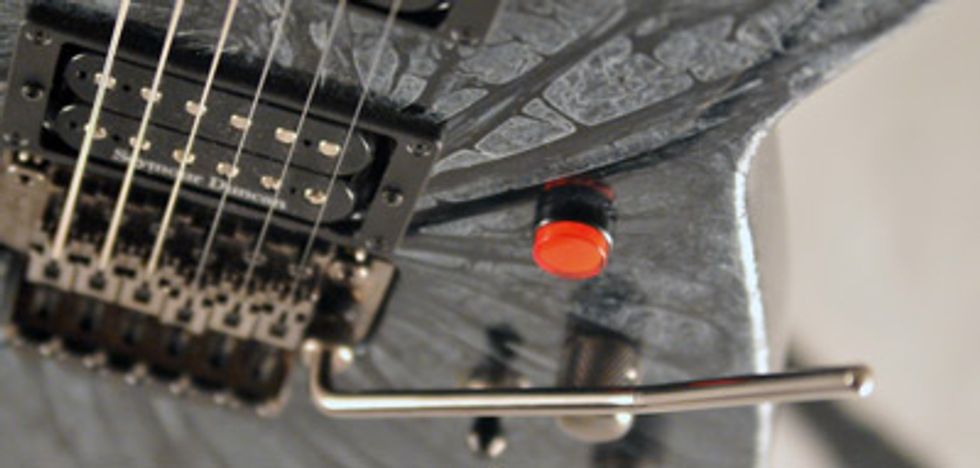 |
The pickups are two Seymour Duncans—a JB in the neck position and a Duncan Distortion in the bridge. This combo allows quite a few tonal variations, with enough control to really get a unique sound. Both pickups give a wide range of tones; fiddling with the tone knob allowed for more—and better—tones than I was expecting. It never quite reached “woman tone” territory, but rolling off the tone on the bridge pickup gave a very warm, smooth sound.
I ran it through an Engater Rebel 20 and was blown away. On the clean settings, it sounded good—thicker and darker than a traditional Strat (but if you want a traditional Strat, you’re probably not looking at a Jackson). With some gain, it started to shine: warm with the neck pickup, and cutting with the bridge. With a lot of gain, the guitar really came alive. Make no mistake, this guitar sounds great all the time, but it’s made for a high-gain situation. The Seymour humbuckers help with this, as they range from a smooth creaminess in the neck to an outright scream at the bridge. With the Rebel, the Jackson let me get some serious crunch on power chords near the nut, and some hot lead tones on the upper frets. The bridge pickup never got too harsh, but I found myself drawn to the neck pickup a bit more because of the smoothness of the tone. In addition to the Rebel 20, I also plugged it into the new Goodsell Black Dog 50 [review on page 179]. Again, it performed best on a high-gain setting, where the nuances of the guitar could really shine through. This guitar was made to be played loud, and run through an amp that moves some air. When you really dig in, you’re rewarded with some seriously rockin’ tones.
The Final Mojo
Overall, Jackson has put together a superb product here. The Soloist model we reviewed has enough weight to give it some serious crunch, without losing the playability they’re known for. Considering that there are near-limitless options available, odds are, Jackson can put together your dream guitar—if you’re looking for a rock axe. It is what it is, and while it has a very versatile set of rock/metal tones, it’s going to be best in that style, not elsewhere.
Buy if...
you want complete control over the design of your dream guitar.
Skip if...
your dream guitar is a ’56 Les Paul Goldtop.
Rating...
MSRP (as reviewed) $4800 - Jackson Guitars - jacksonguitars.com |






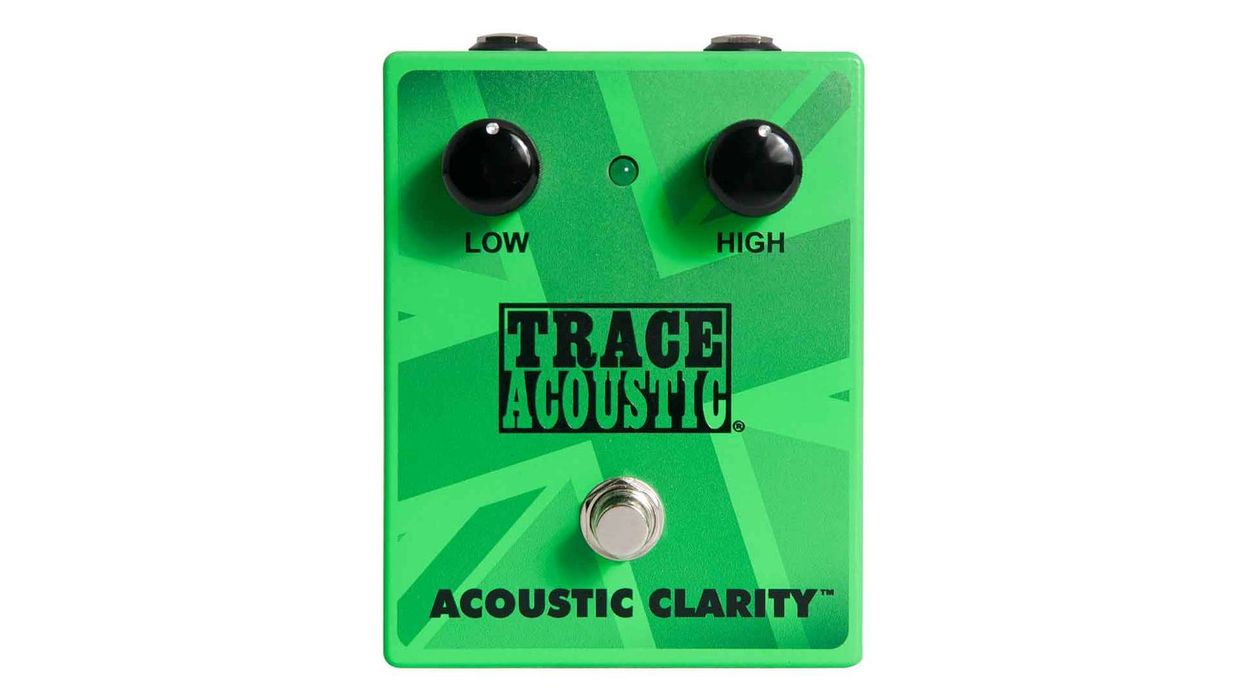


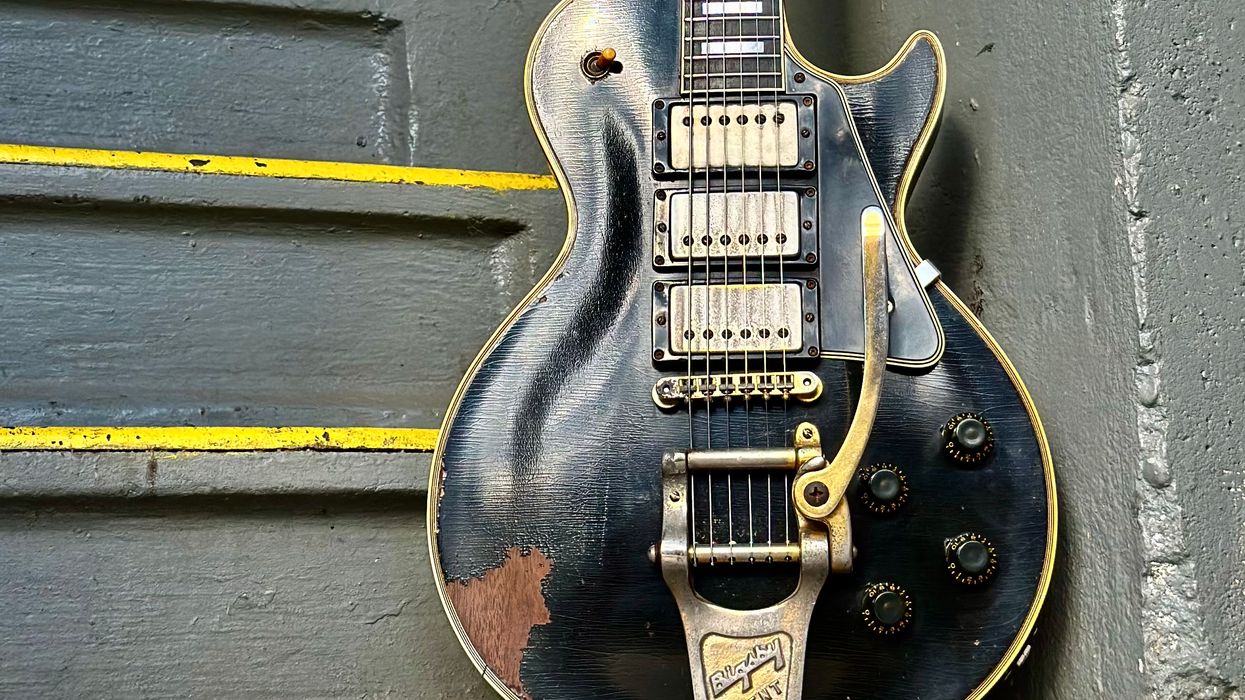


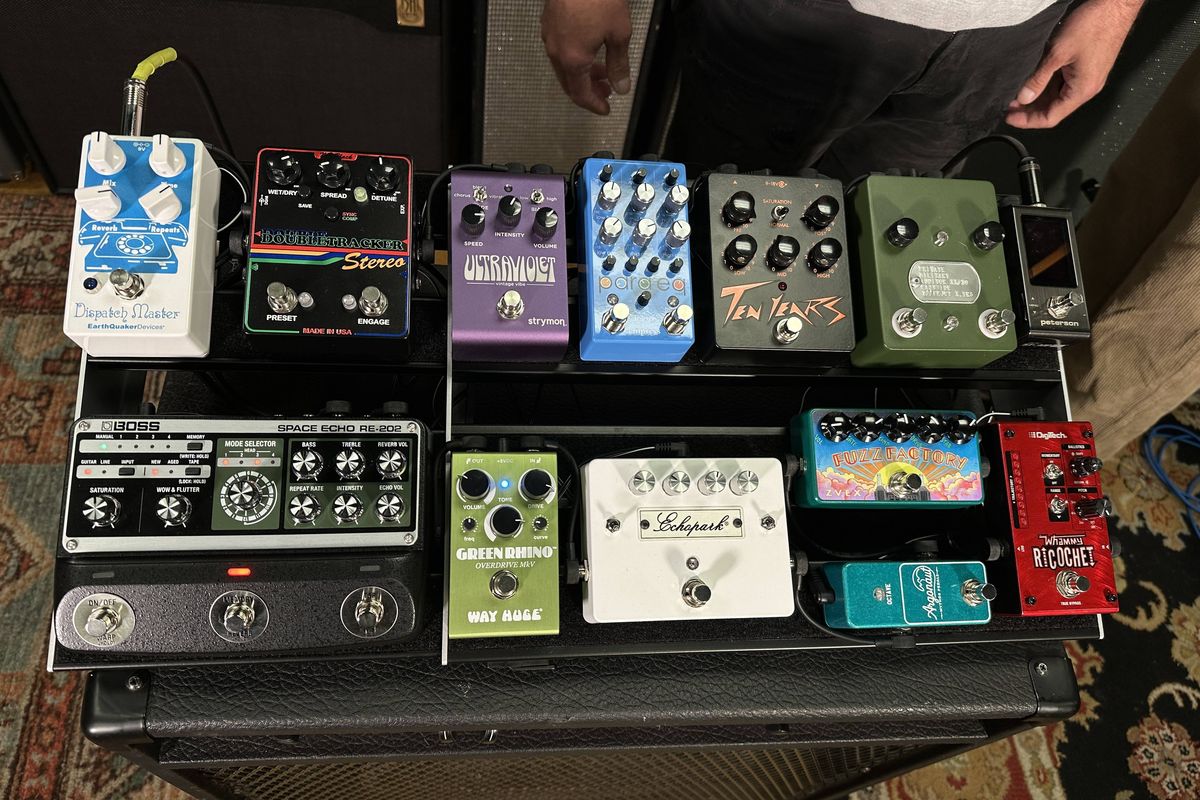
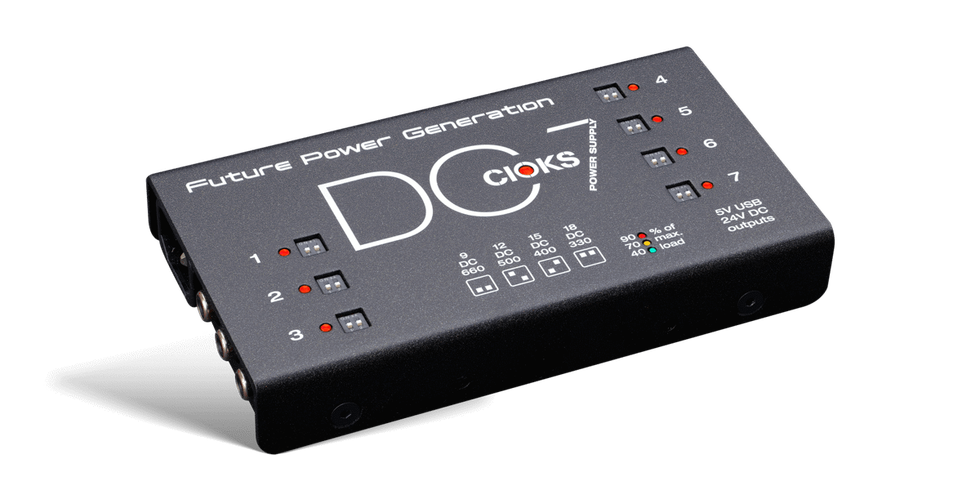
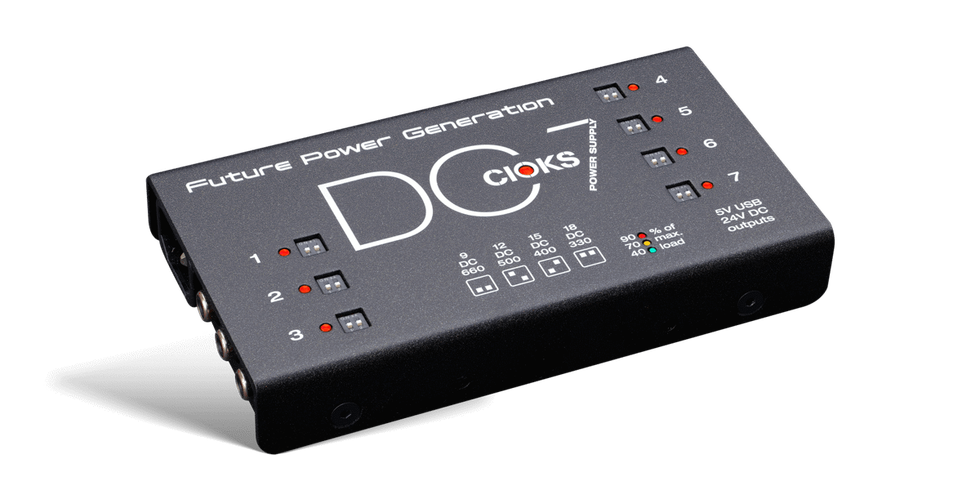
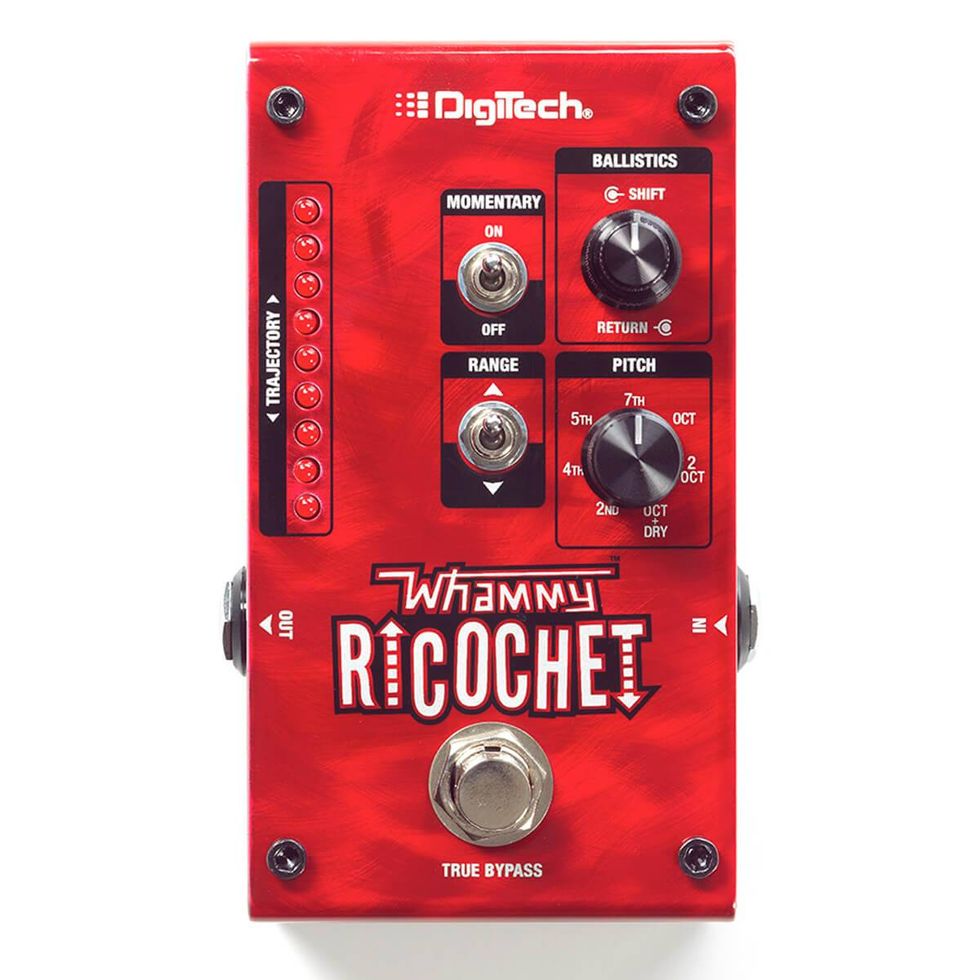
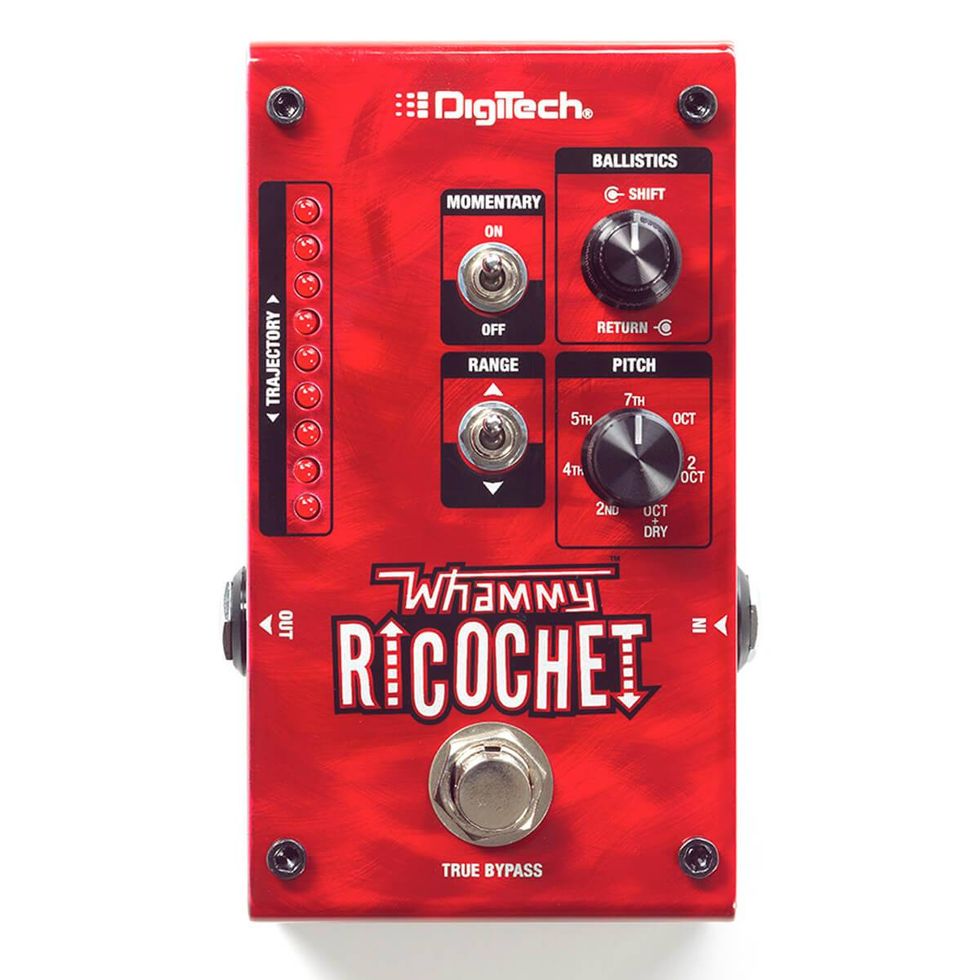
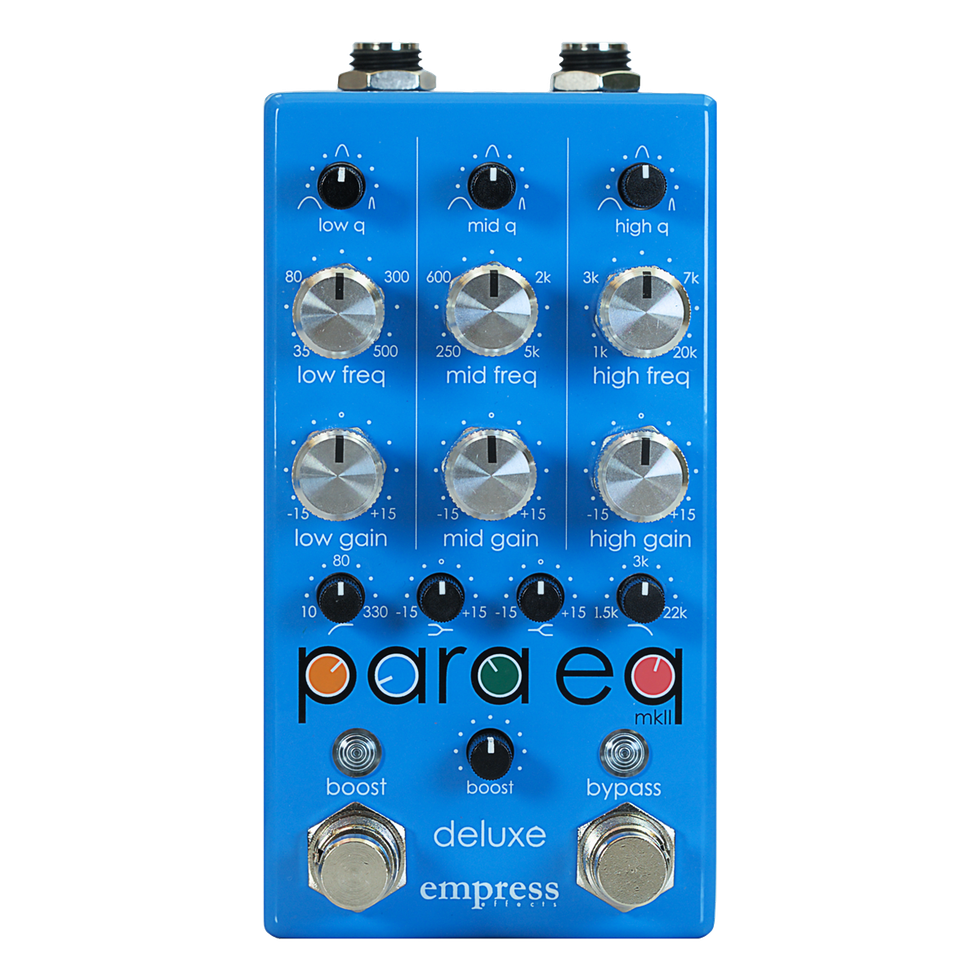
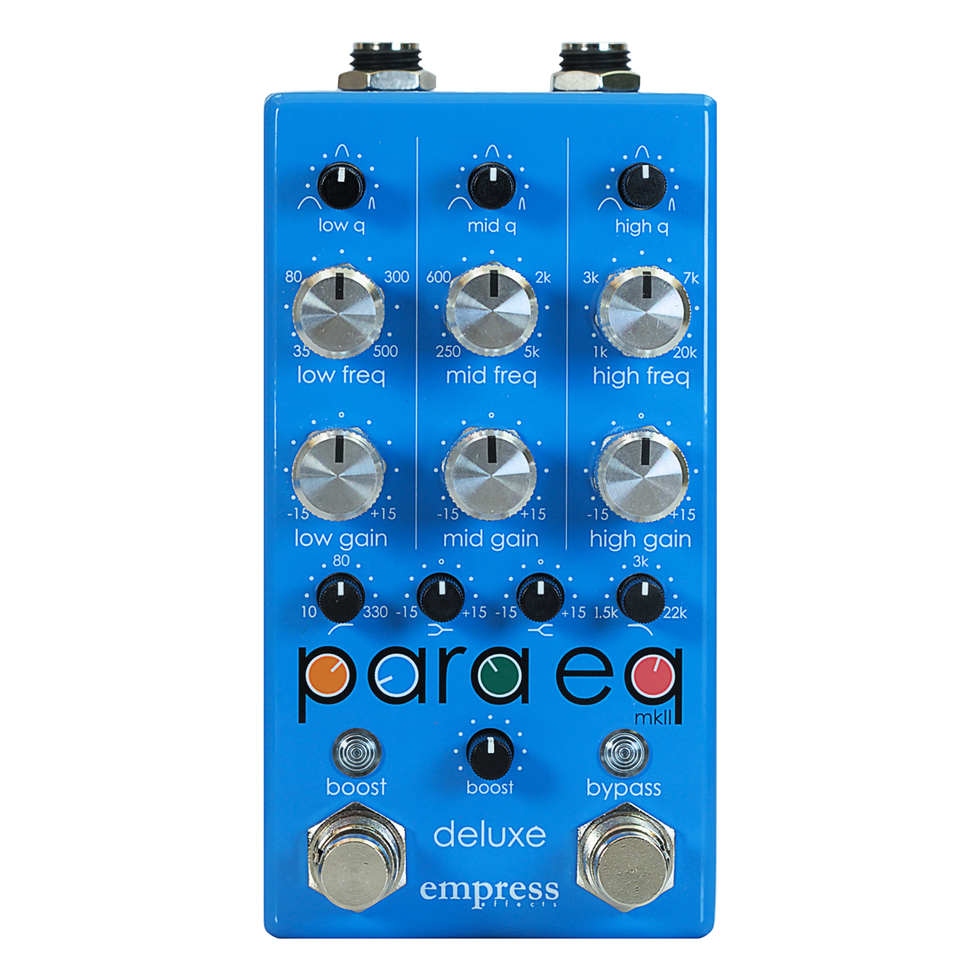
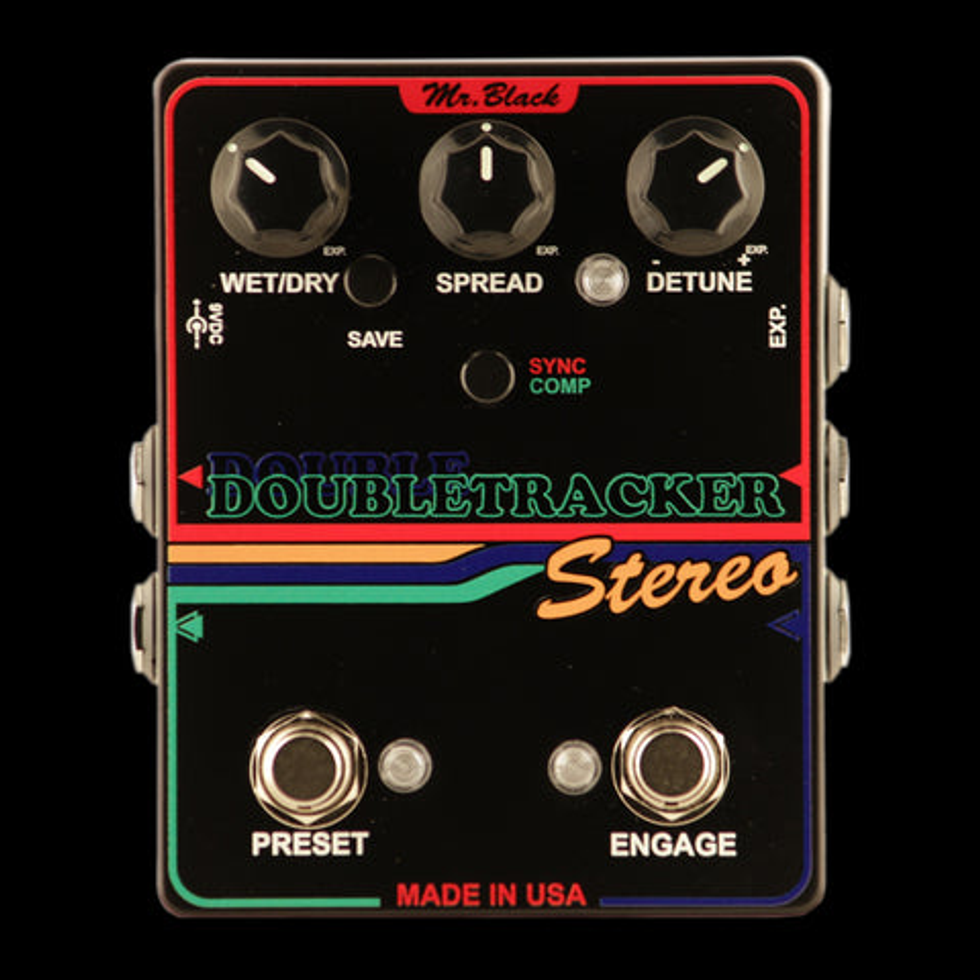
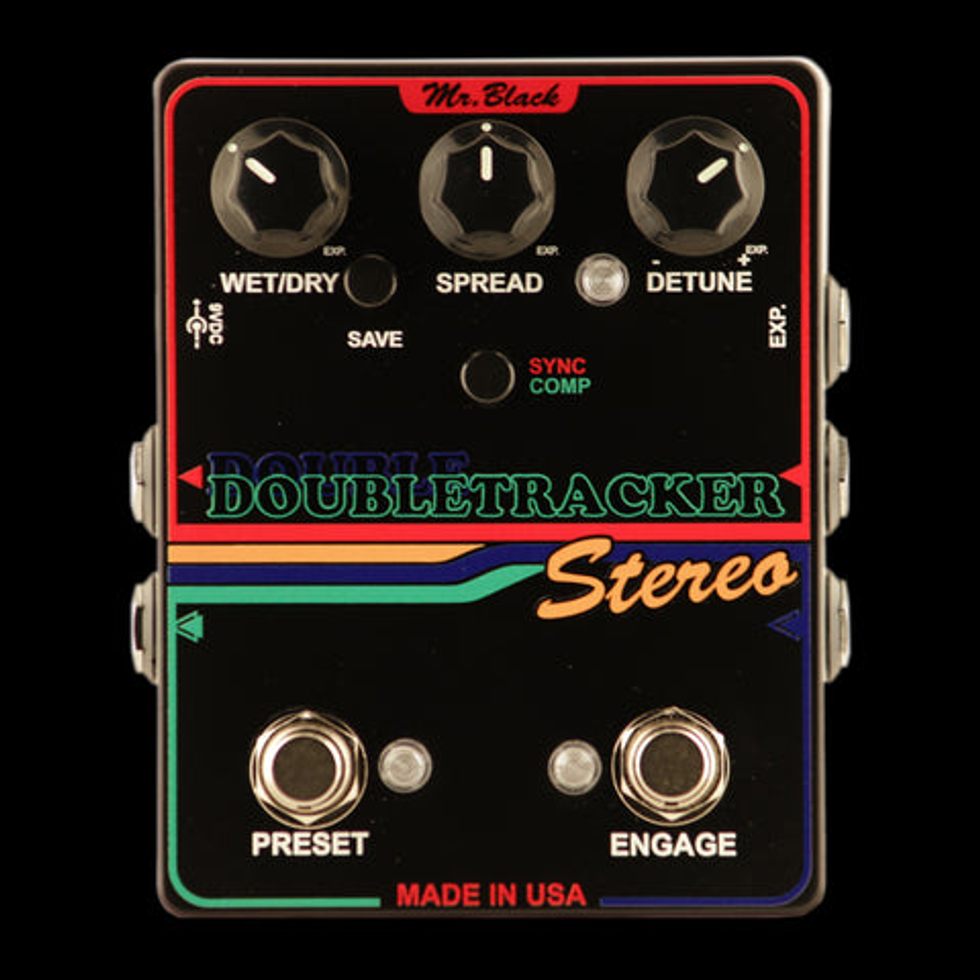
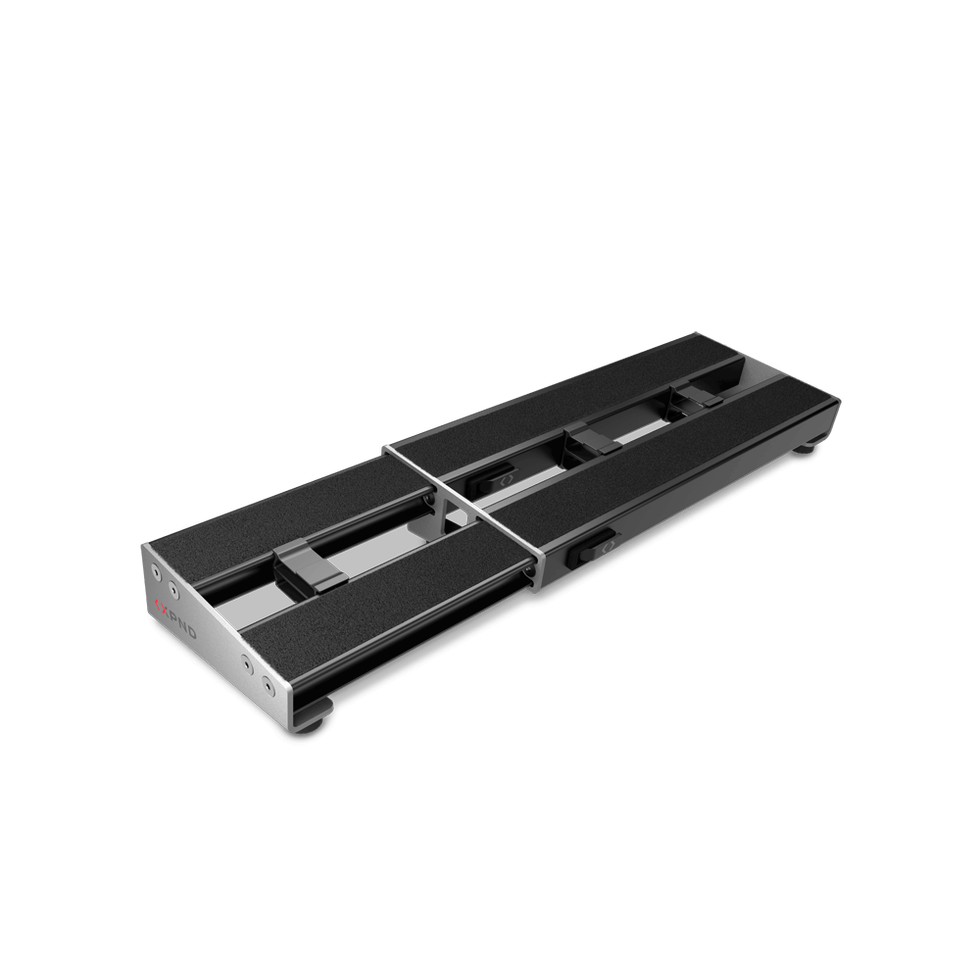
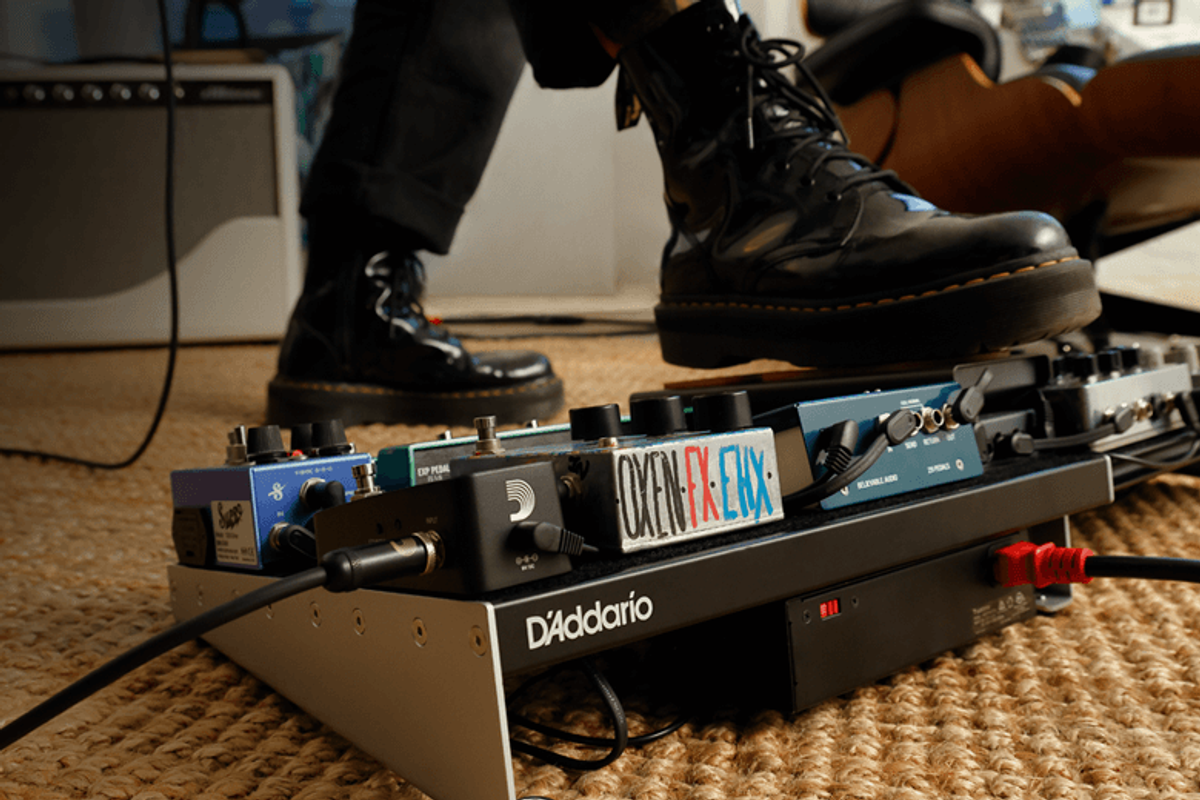
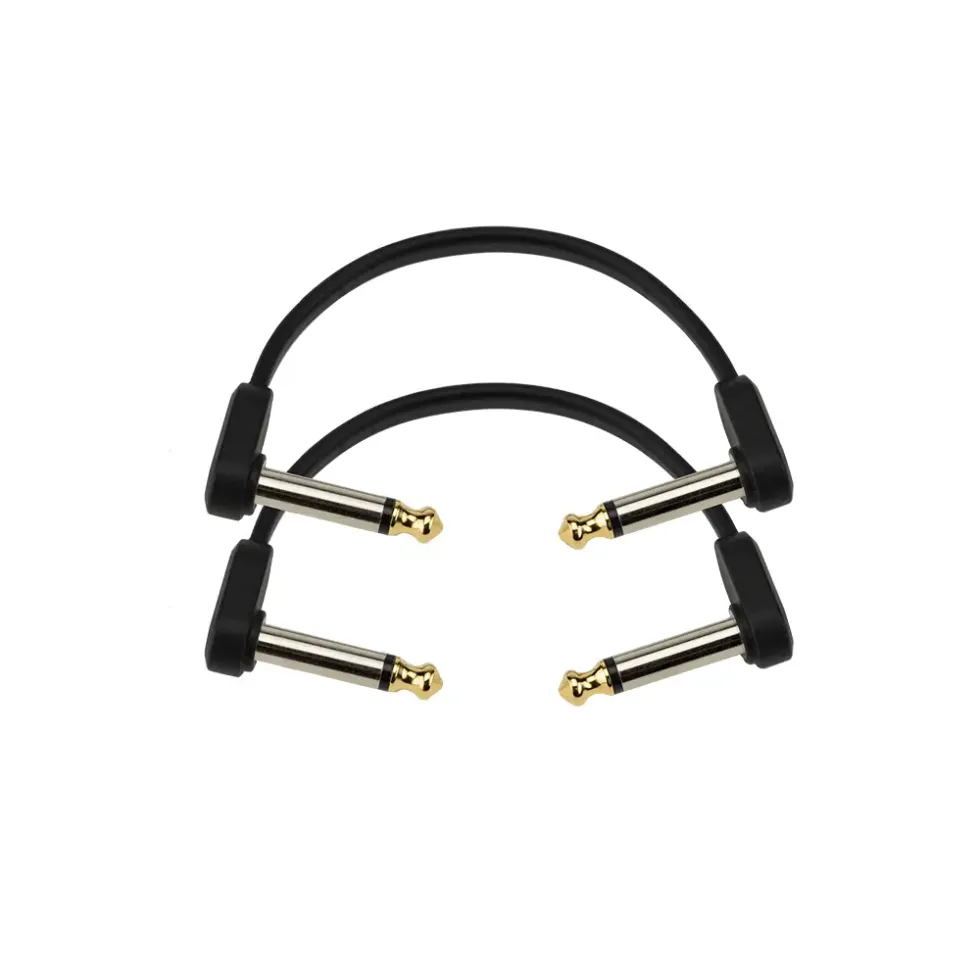
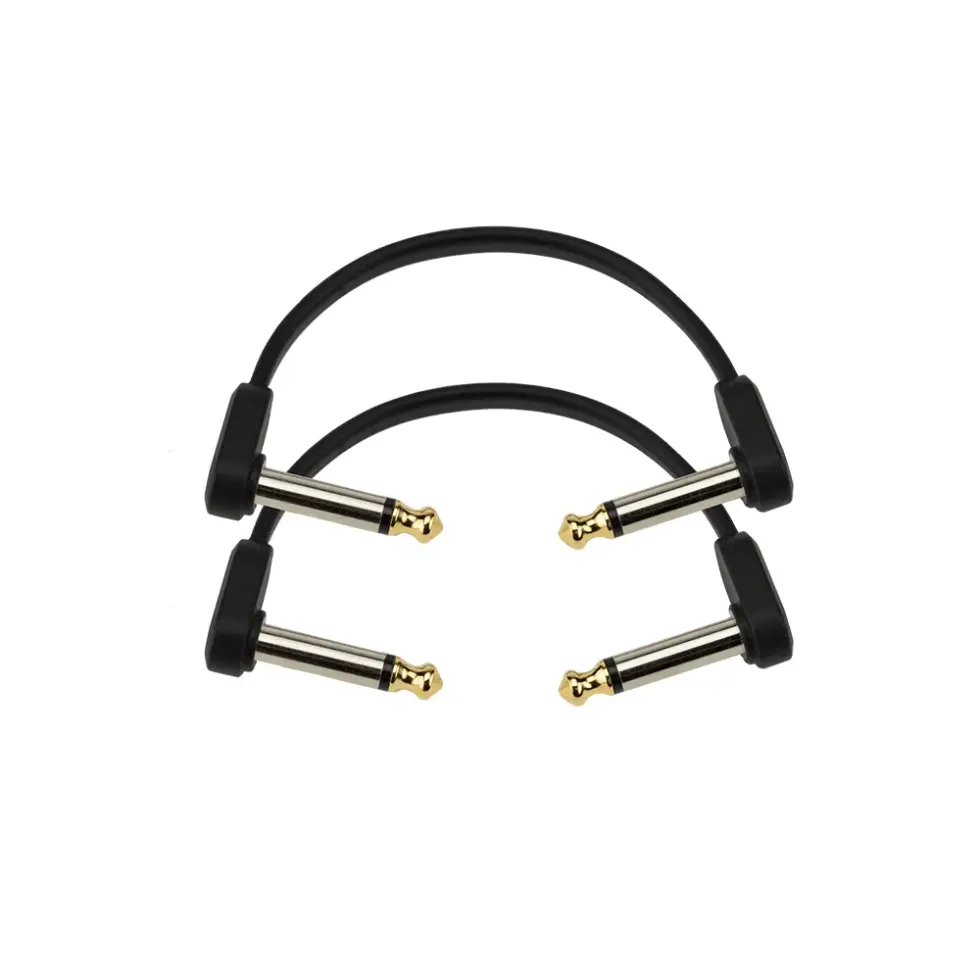
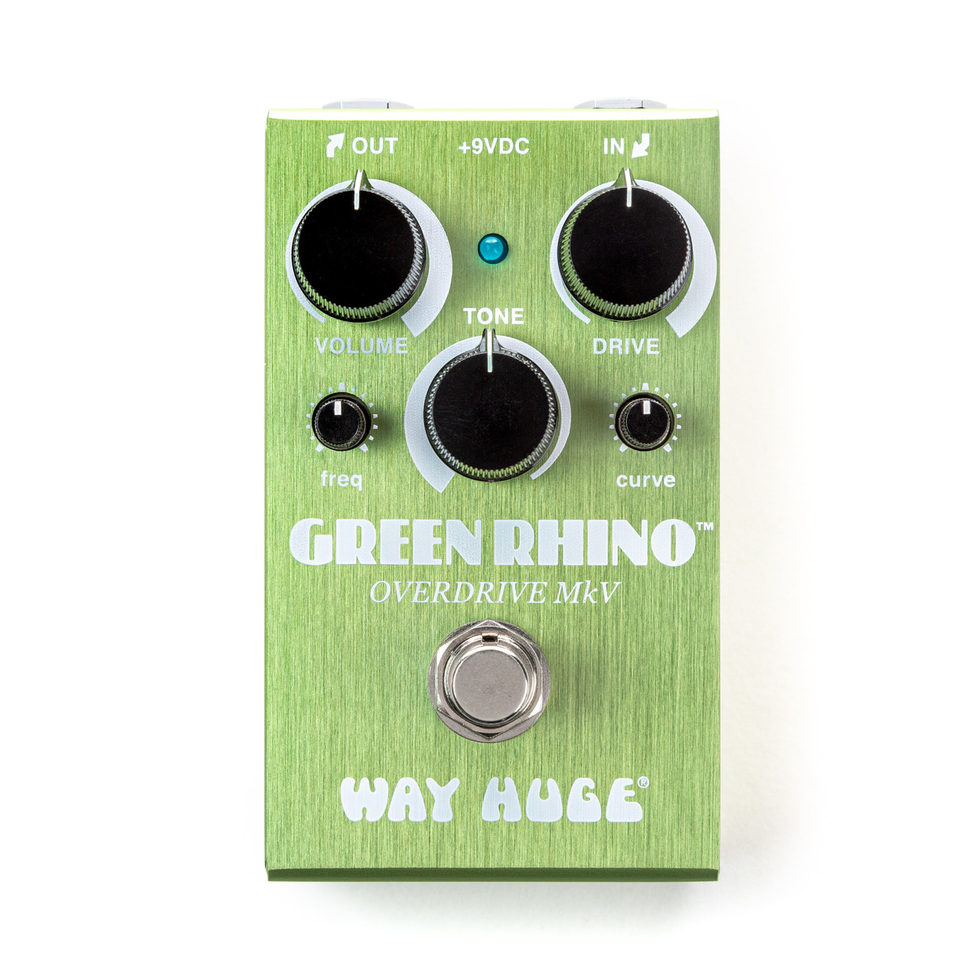
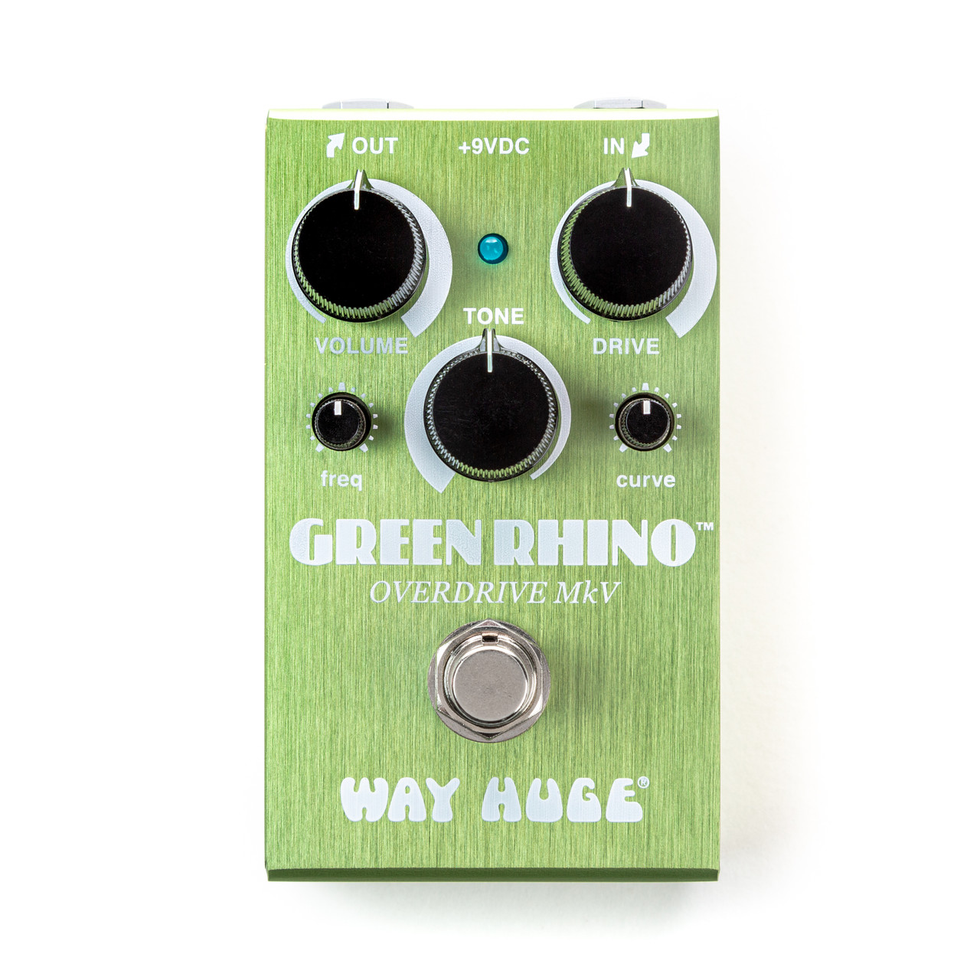
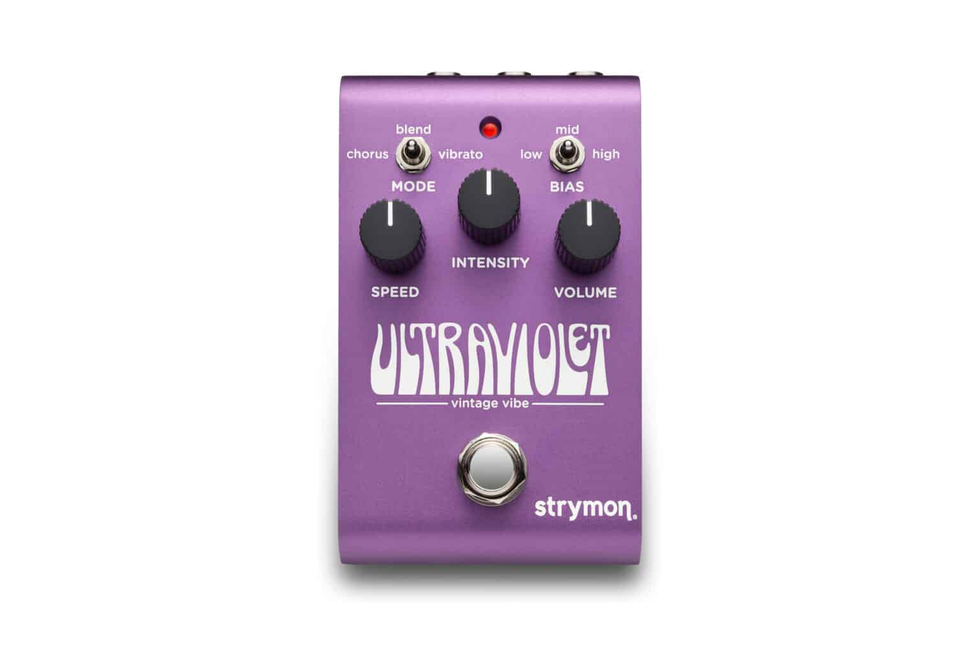
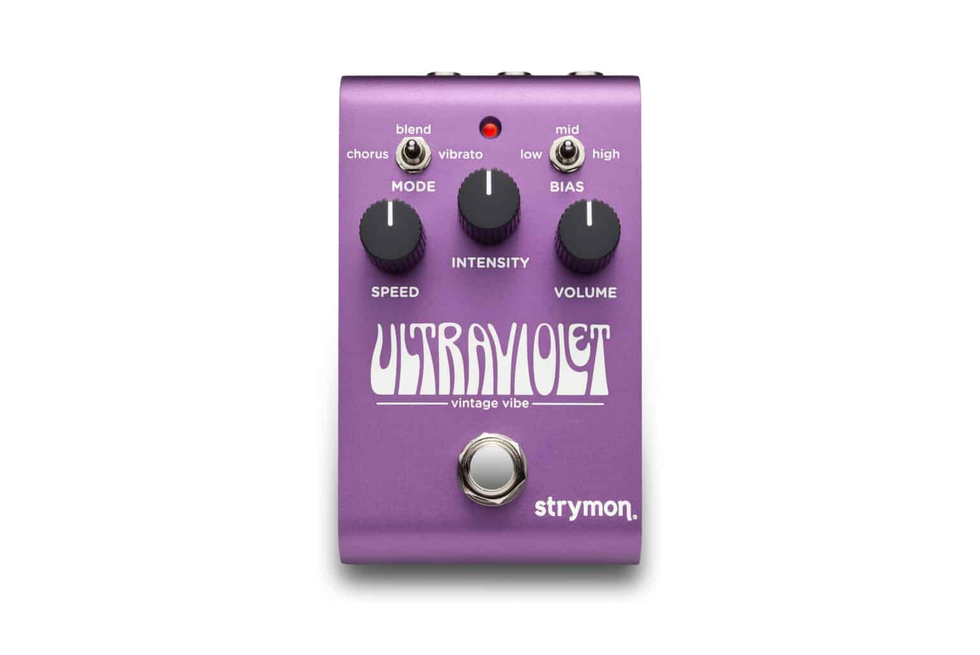
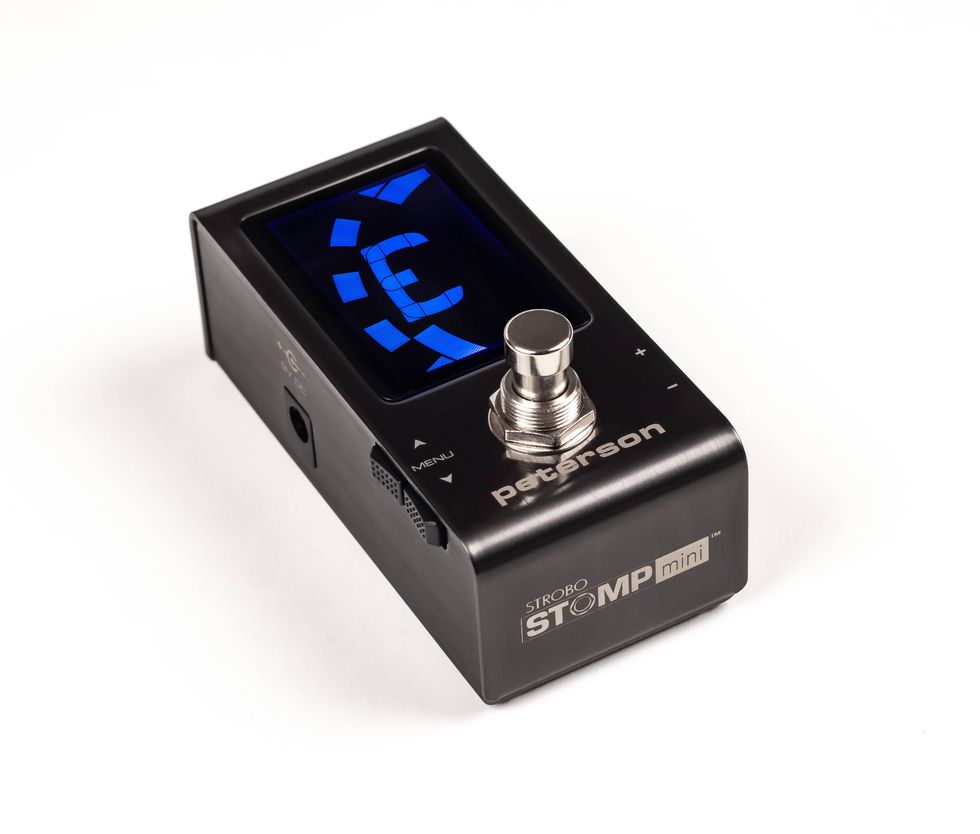
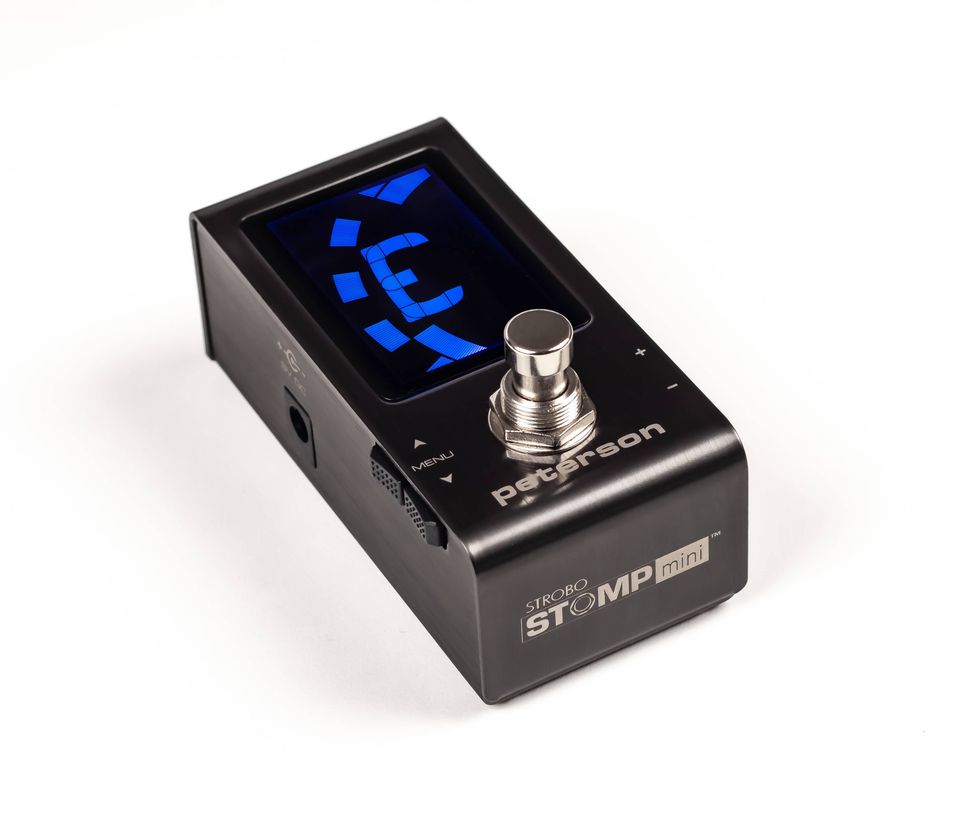
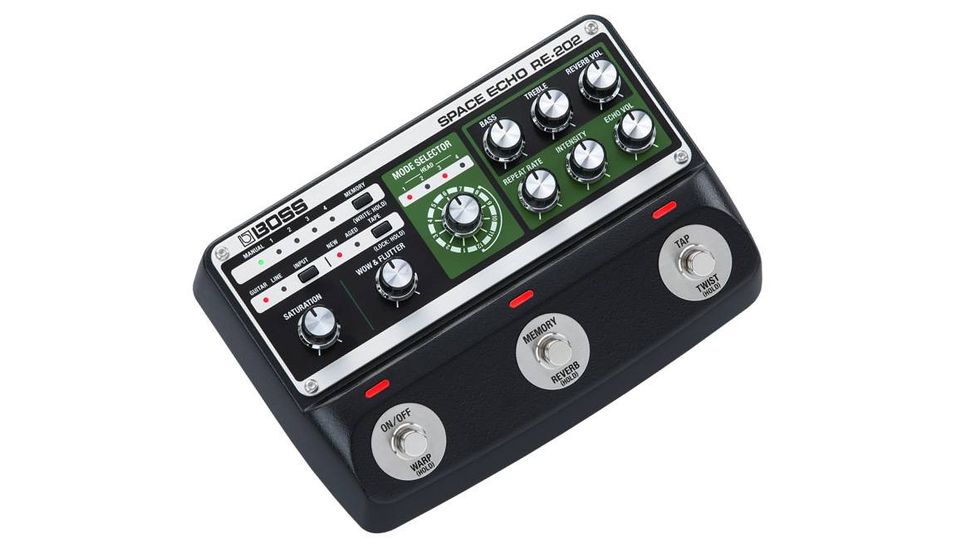
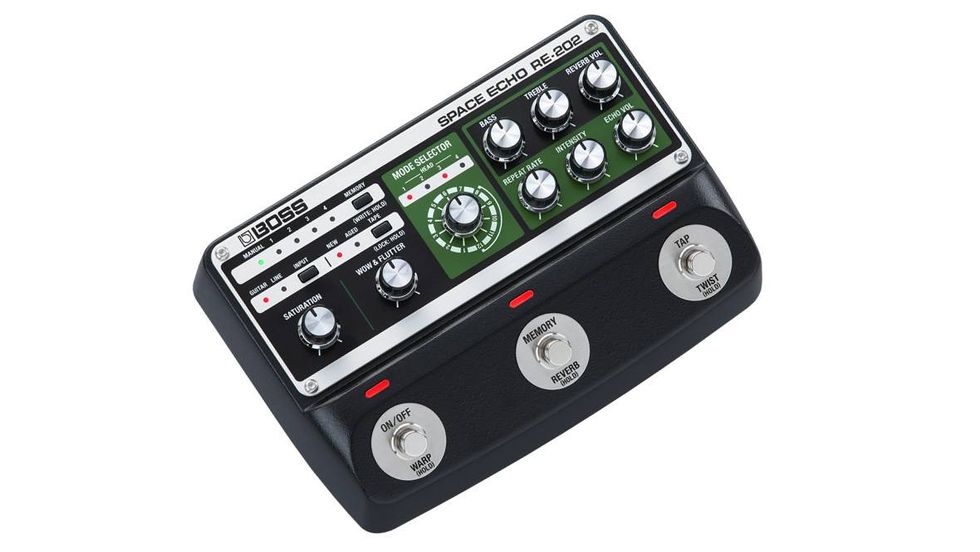
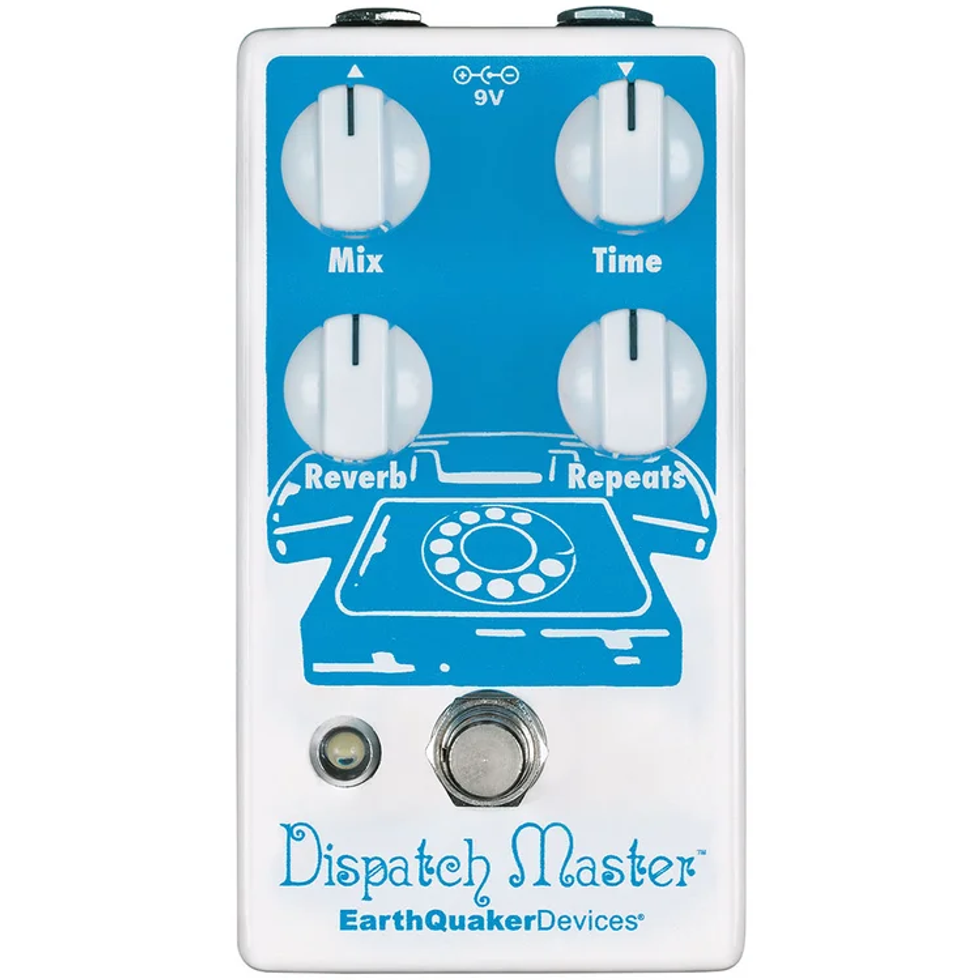
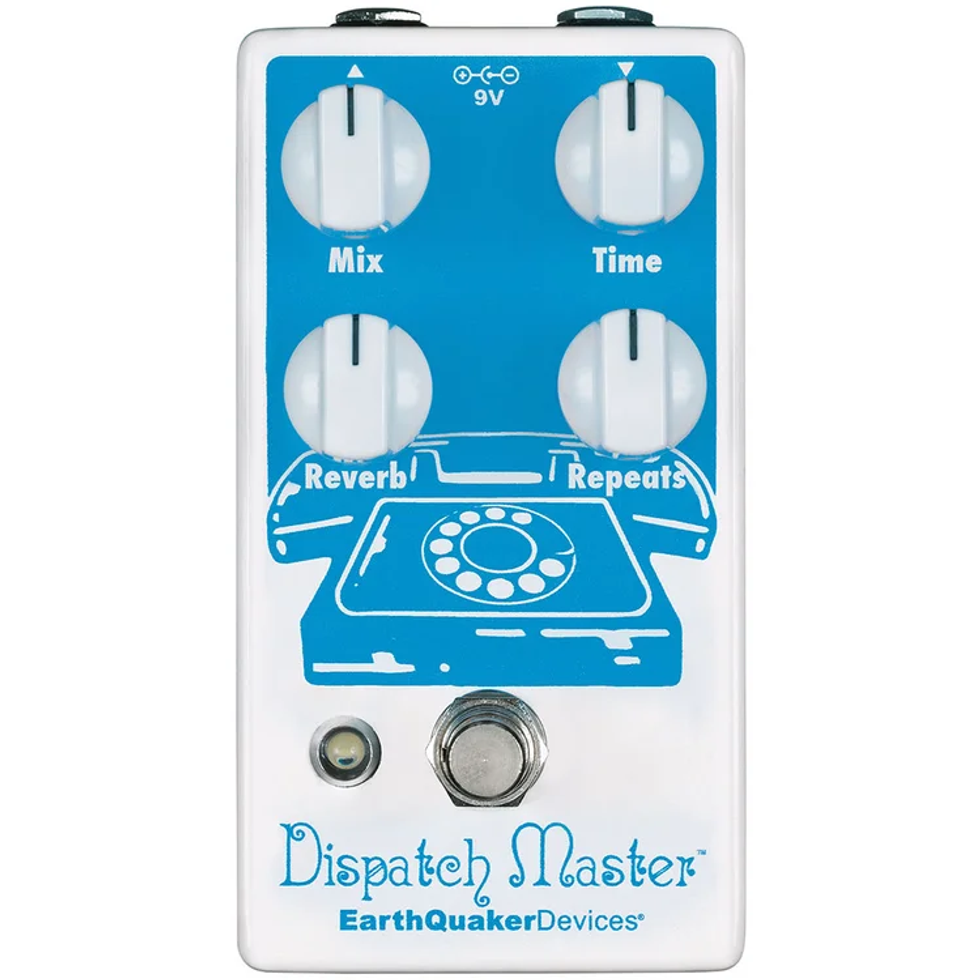
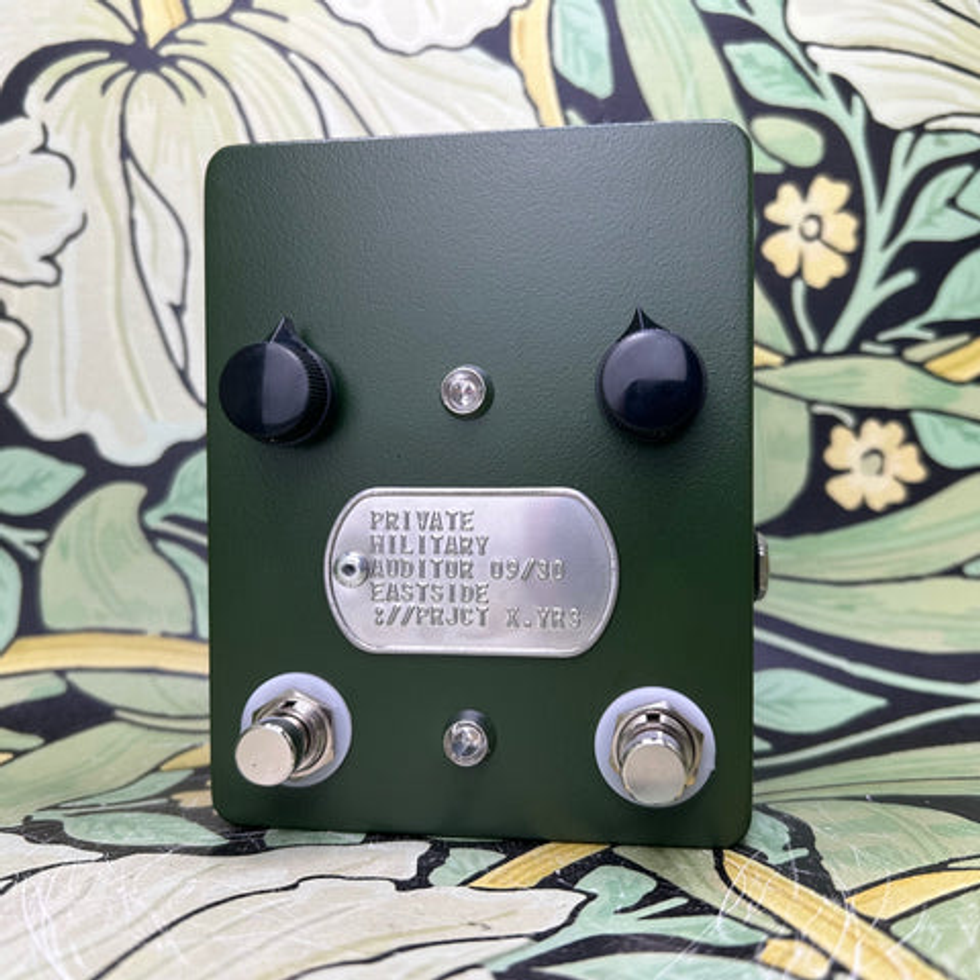
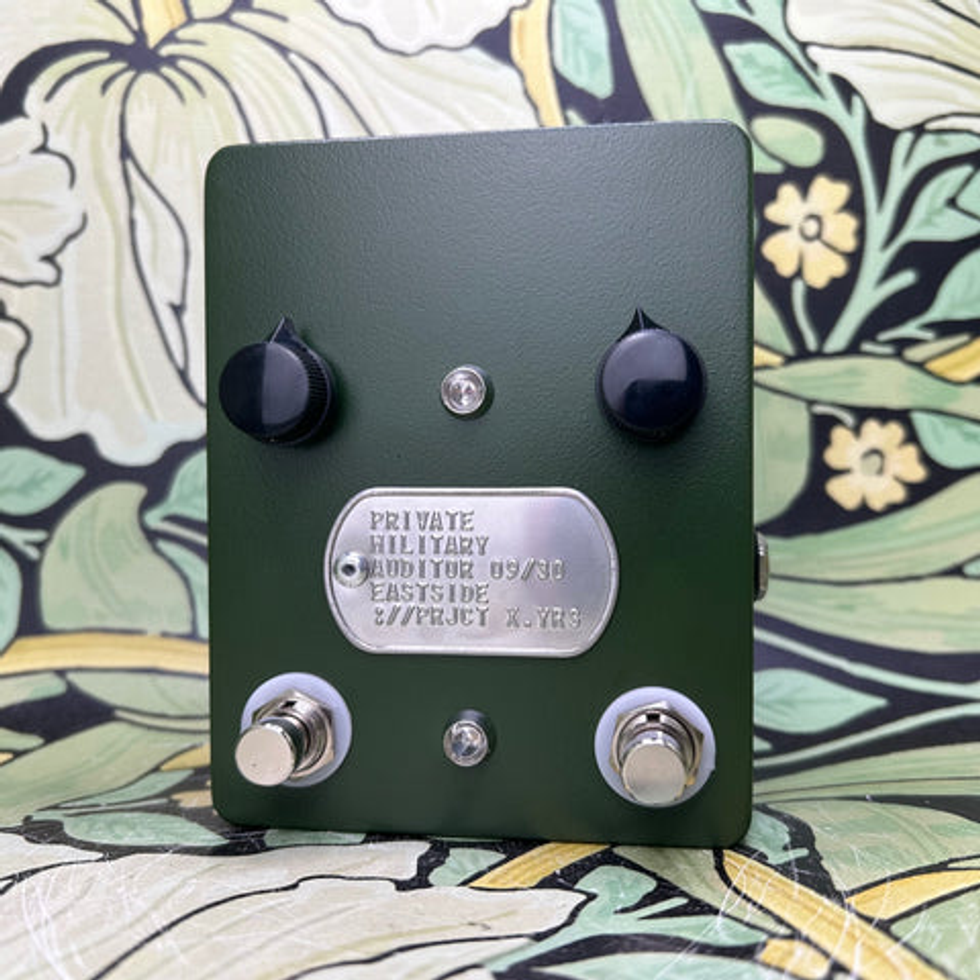
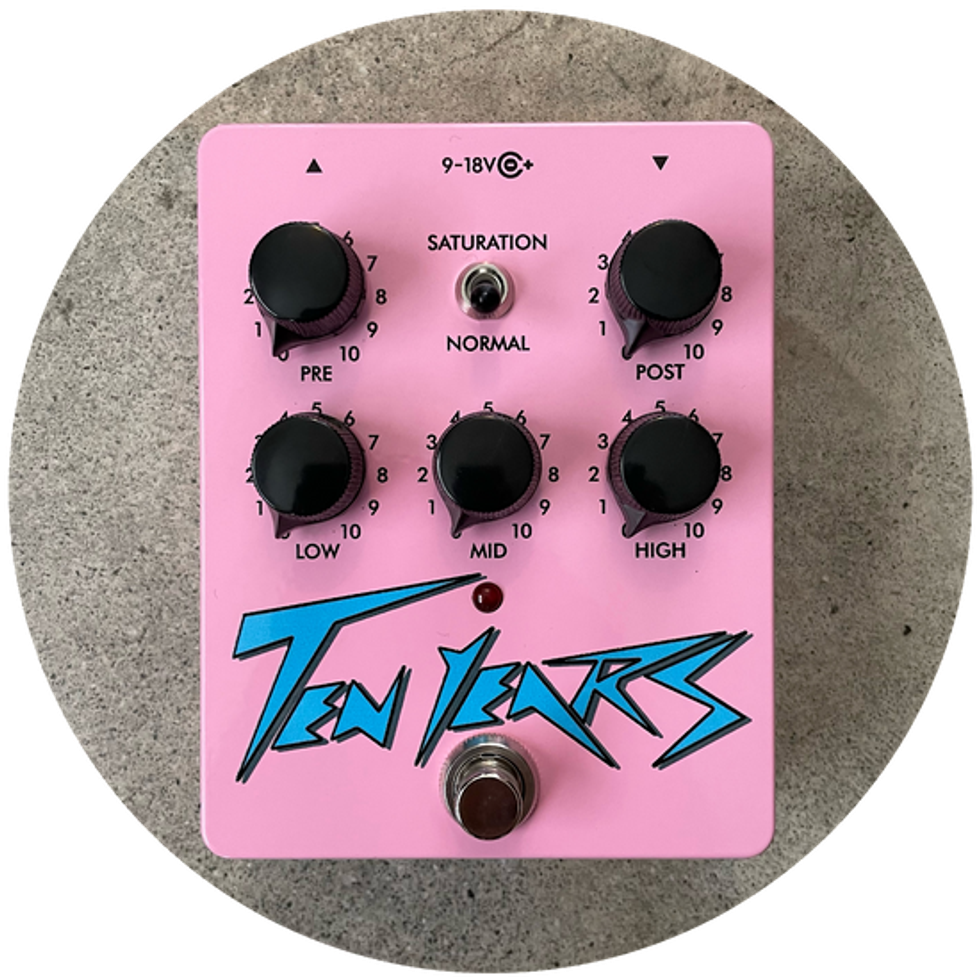


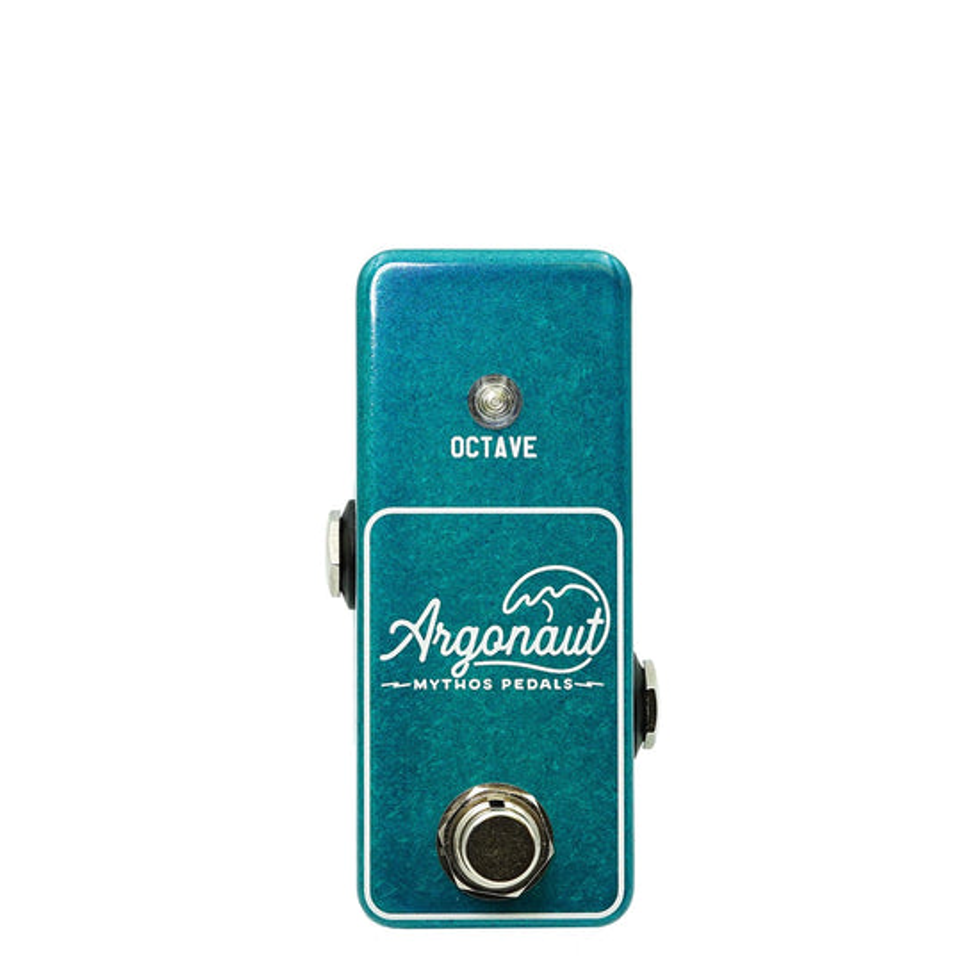
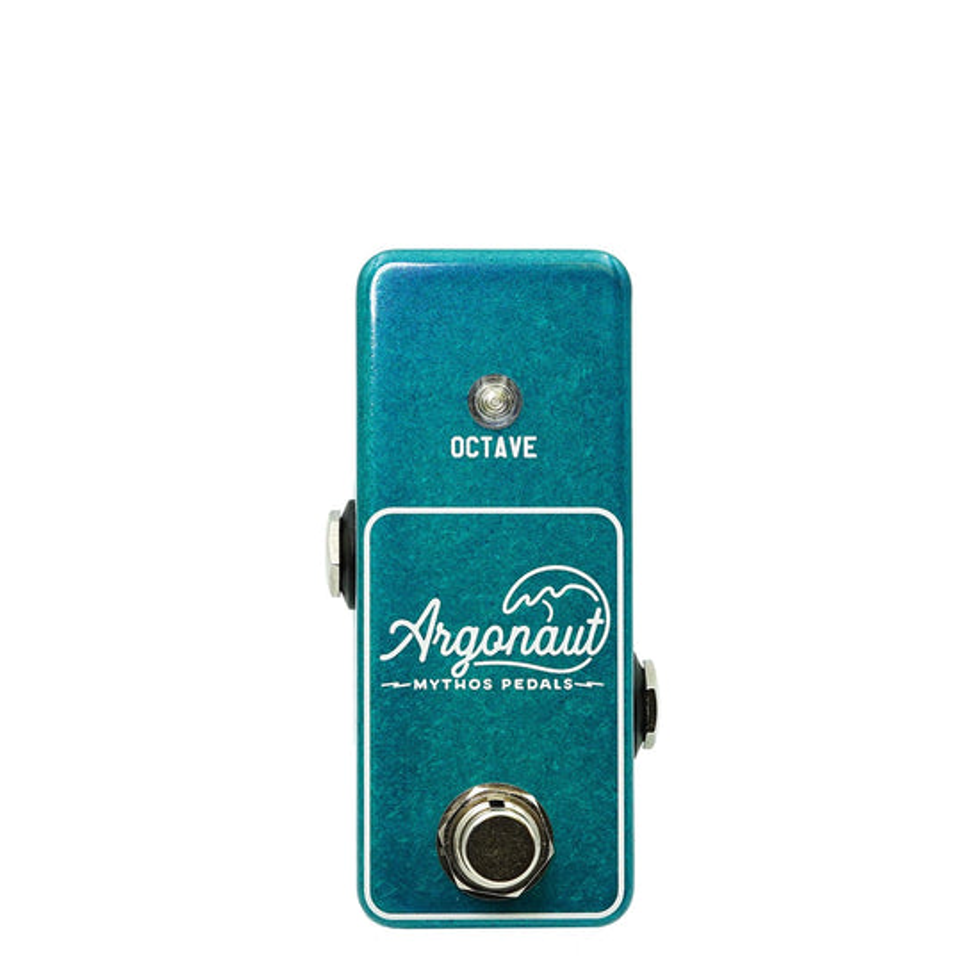
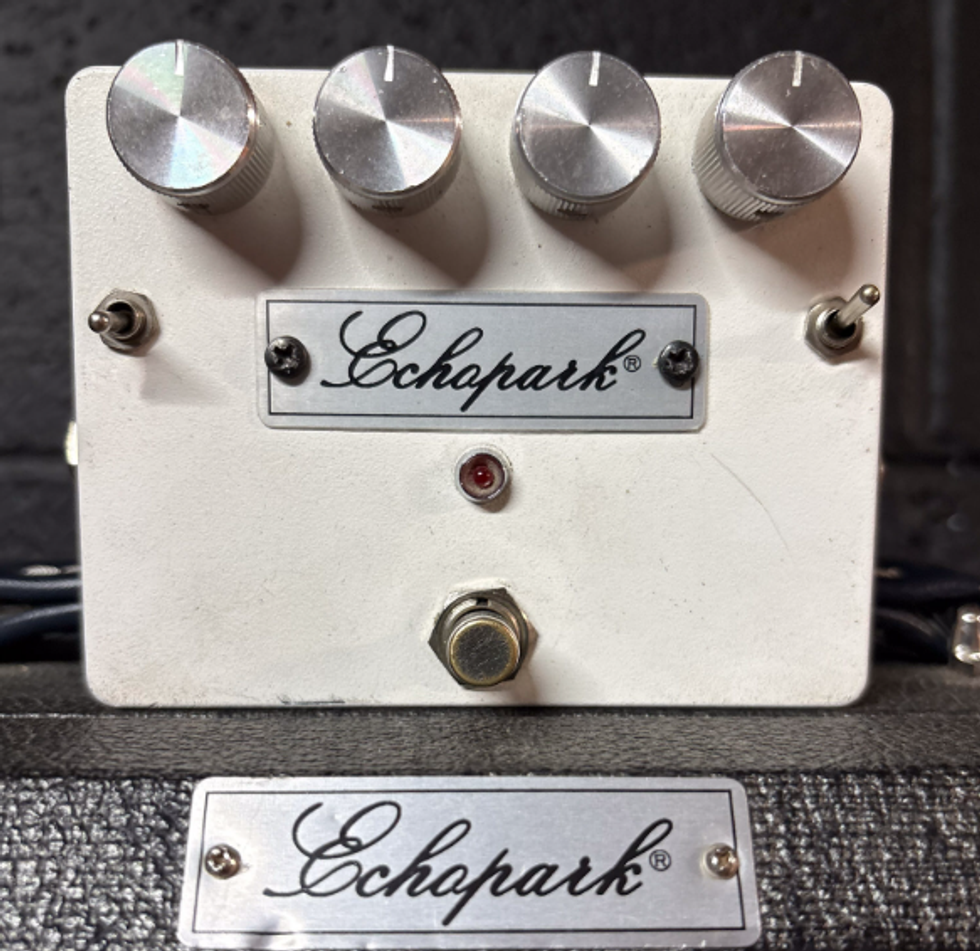
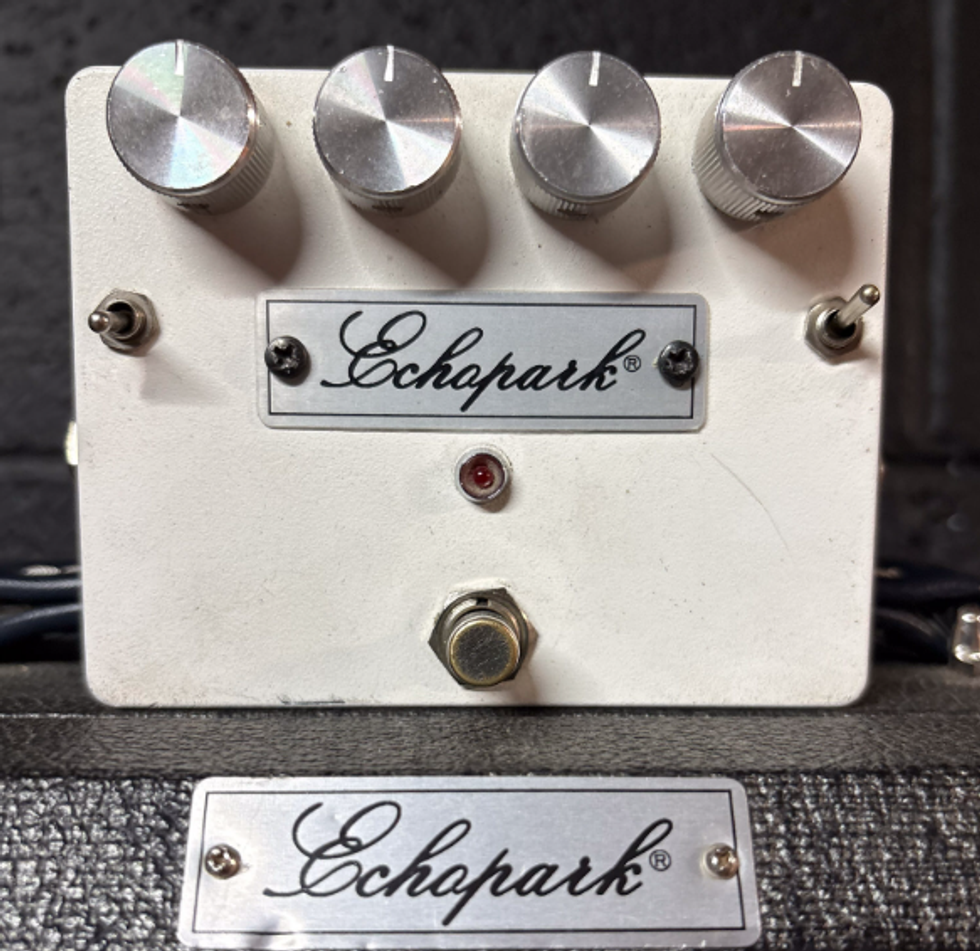








 Zach loves his Sovtek Mig 60 head, which he plays through a cab he built himself at a pipe-organ shop in Denver. Every glue joint is lined with thin leather for maximum air tightness, and it’s stocked with Celestion G12M Greenback speakers.
Zach loves his Sovtek Mig 60 head, which he plays through a cab he built himself at a pipe-organ shop in Denver. Every glue joint is lined with thin leather for maximum air tightness, and it’s stocked with Celestion G12M Greenback speakers.








